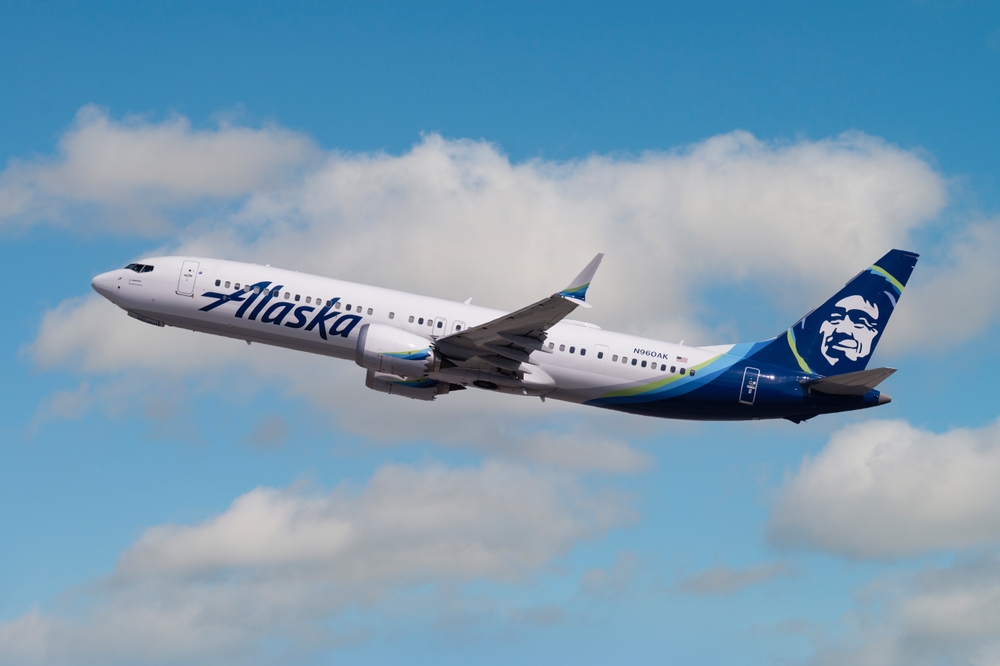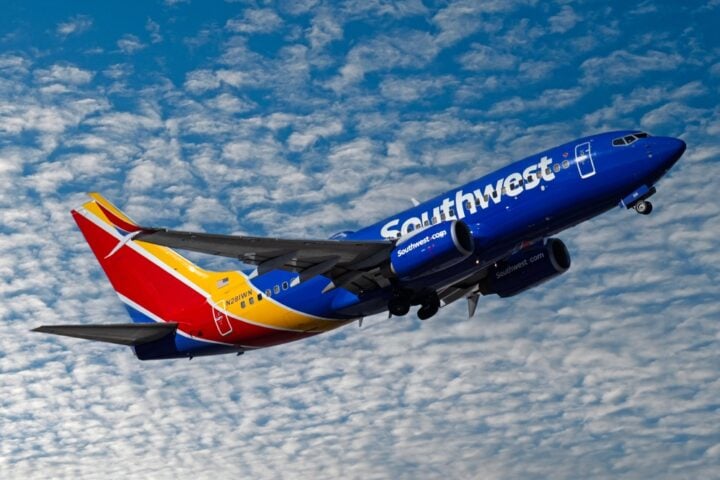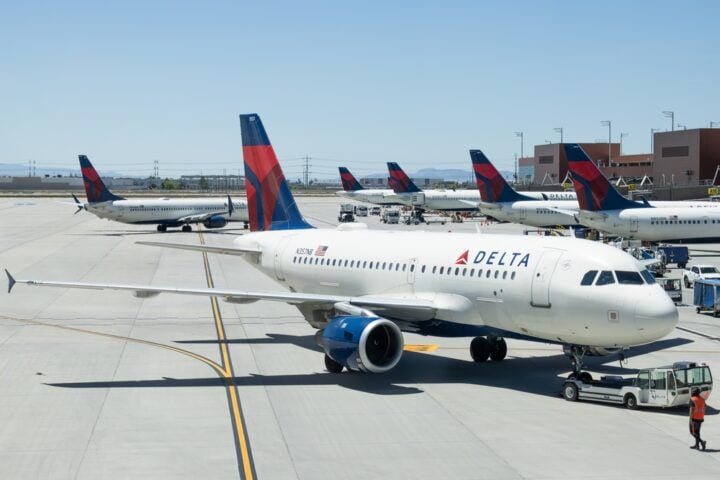Alaska Airlines announced on Tuesday its plans to launch two new international nonstop routes from Seattle, positioning the city as its “new global gateway.” The flights will connect Seattle to Tokyo in May and Seoul, South Korea, in October 2024, marking the first steps in Alaska’s integration with recently acquired Hawaiian Airlines.
Strategic Expansion Following Hawaiian Airlines Merger
The announcement comes as Alaska Airlines finalizes its $1.9 billion acquisition of Hawaiian Airlines, completed in September after regulatory approval. The merger aims to enhance Alaska’s long-haul capabilities, leveraging Hawaiian’s expertise in trans-Pacific routes and widebody aircraft.
“This merger allows us to transform our business and solidify a competitive advantage,” said Alaska Airlines CEO Ben Minicucci.
Together, Alaska and Hawaiian will operate as a single carrier under separate brands, serving 54.7 million passengers annually. The integration process is ongoing, with the airlines targeting October 2025 to secure a single operating certificate from the FAA.
Seattle Gateway and Future Plans
Alaska Airlines plans to transform Seattle into a major global hub, targeting 12 nonstop international destinations by 2030. Tokyo and Seoul were selected as initial destinations, as Hawaiian Airlines already had an established presence in these markets.
To accommodate the expanded global reach, Alaska Airlines will increase seat capacity between Seattle and Honolulu by 20%, with three of its six daily flights to Honolulu operated on Hawaiian’s widebody aircraft.
The strategic plan, dubbed “Alaska Accelerate,” also includes:
- New airport lounges.
- Enhanced customer credit card offerings.
- Expanded cargo operations targeting Asia.
Financial Growth Targets
Alaska Airlines has updated its financial projections, aiming for $1 billion in profits and earnings per share of $10 by 2027. The company anticipates its 2025 earnings per share will reach $5.75, supported by an estimated $800 million in additional revenue over the next three years.
Recent financial data highlights Alaska’s momentum:
- Q3 Revenue: $3 billion.
- Q3 Profit: $236 million ($1.84 per share).
“The combination with Hawaiian gives us the scale to be stronger than either of us could have been alone,” said Alaska CFO Shane Tackett.
Challenges Ahead
While the merger promises growth, Alaska Airlines must address logistical hurdles, including:
- Integrating unionized workforces with differing seniority lists and collective bargaining agreements.
- Increasing flying hours for Hawaiian’s Boeing 787-9 and Airbus A321 fleets to counter Boeing 737 MAX delivery delays, exacerbated by manufacturing challenges and a recent labor strike.
Industry Outlook
The Alaska-Hawaiian merger comes amid a shifting airline landscape as carriers adapt to rising demand for international travel. By combining operations and capitalizing on expanded Pacific routes, Alaska Airlines aims to secure its position as a leading player in global aviation.







